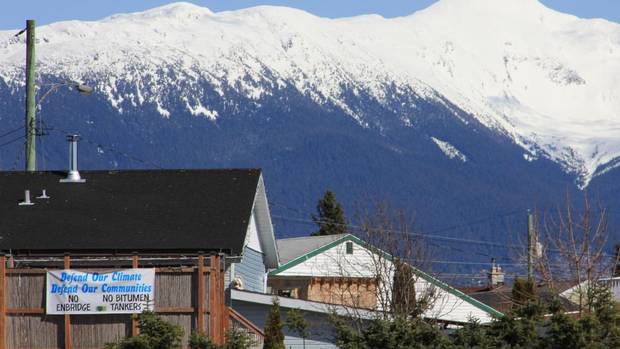
November is Native American Heritage Month, when the United States officially celebrates the culture and traditions of Native American people. With more than five million people of Native American descent living in the United States, it’s no surprise that many famous people (or their ancestors) in the arts and entertainment industries are members of one of the many tribes on record.
Researching ancestry and claiming official enrollment in a Native American tribe can be a challenging process. While investigating what famous people claim Native American blood, it’s clear that you have to go on self-reporting, for the most part. It’s pretty widely known that Elvis was directly descended from the Cherokee Nation, for instance (and who was going to argue with Elvis, anyway?). Other celebrities who claim Native American origin have caused more controversy. Cher, for instance, said that she had 1/16 Cherokee blood after releasing her single, “Half Breed,” in the 1970s. Her claims were widely disputed, and her choice to wear a typical Native American headdress while performing the song on Sonny and Cher didn’t win anyone over.
There are many actors and musicians whose Native American ancestry may be less obvious. Jimi Hendrix, Tori Amos, and Chuck Norris were surprises to me. So was Angelina Jolie, for that matter. It didn’t really occur to me to wonder where these people were from, or from whom they were descended, so there ethnicity isn’t shocking. I’d just never considered it.
My favorite Native American cinematic experience was Smoke Signals, one of my favorites movies, based on Sherman Alexie’s book Lone Ranger and Tonto Fistfight in Heaven. It’s hard to believe the book was published 20 years ago this summer, but the dates don’t lie, I guess.
“When The Lone Ranger was published, I was being fêted by the publishing world while I was back living on the rez, after college,” Alexie told the New Yorker. “I was called ‘one of the major lyric voices of our time’ while I was sleeping in a U.S. Army surplus bed in the unfinished basement bedroom in my family’s government-built house.”
“When The Lone Ranger was published, I was being fêted by the publishing world while I was back living on the rez, after college,” Alexie told the New Yorker. “I was called ‘one of the major lyric voices of our time’ while I was sleeping in a U.S. Army surplus bed in the unfinished basement bedroom in my family’s government-built house.”
This quote from Alexie’s book sums up everything I’d hope wouldn’t happen to people of Native American descent in Hollywood or anywhere.
“… but I know somebody must be thinking about us because if they weren’t we’d just disappear just like those Indians who used to climb the pueblos. Those Indians disappeared with food still cooking in the pot and air waiting to be breathed and they turned into birds or dust or the blue of the sky or the yellow of the sun. There they were and suddenly they were forgotten for just a second and for just a second nobody thought about them and then they were gone.”
The history and contributions of the people are far too rich to forget. Let’s take a look at 21 celebrities you may not have known were Native American.
Benjamin Bratt

Jimi Hendrix

Tori Amos

Will Rogers

Lou Diamond Phillips

Ben Harper

Kid Cudi

Angelina Jolie

Rosario Dawson

Johnny Depp

Heather Locklear

Jessica Biel

Jennifer Tilly


Mandy Moore

Miley Cyrus

Joe Jonas

Elvis Presley

Anthony Kiedis

Chuck Norris

Burt Reynolds

Source
 RSS Feed
RSS Feed Twitter
Twitter 7:45 AM
7:45 AM
 Unknown
Unknown

































